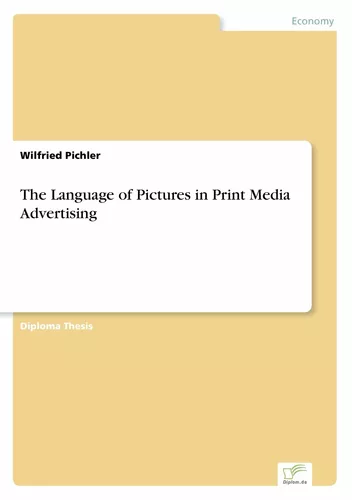Inhaltsangabe:Abstract:
Today we observe a development in which the role of language is steadily decreasing whereas the impact of pictures is increasing. This goes hand in hand with a development in which information relies more and more on visual concepts. More and more language takes the part of explaining how to read the visual presentations, more and more language takes the part of providing the background information which is necessary to understand the meaning of the visual foreground.
Kress and van Leeuwen (1998) argue that Today, we seem to move towards a decrease of control over language (e.g. the greater variety of accents allowed on the public media, the increasing poblems in enforcing normative spelling), and towards an increase in codification and control over the visual (e.g. the use of image banks from which ready-made images can be drawn for the constuction of visual texts, and, generally, the effect of computer imaging technology).
Although we may be aware of this tendency, we have not been taught in school how to read visual concepts and so most of us share some degree of illiteracy concerning a critical reading of information presented by images. This is remarkable because we all agree about their influence on our lives but at the same time when we do not develop analytical tools for describing what kinds of strategies, what kinds of concepts are working in visual presentations of information. We tend to overlook the importance of visual concepts simply because we generally do not know enough about their code.
This paper analyses photos and language which are parts of ads, which have definitely been designed for transferring messages because they have been made to advertise one specific product. Images and the text of advertisements never are casual products like family pictures. Although the photo in the family album is coded its coding is less elaborated than the coding of pictures in ads. We have to keep in mind that many people, experts in advertising, experts in public relations were involved in the process of designing an ad before we can look at the final result. This is why ads are definitely conceptually designed because they are meant to create a specific meaning in the viewers mind. It is a truism that no visual concept, no photo of an ad was chosen by chance. Photographs and language of ads are more likely to have been carefully constructed and selected according to the meaning they are supposed to create. This is […]
Eigene Bewertung schreiben





Es sind momentan noch keine Pressestimmen vorhanden.